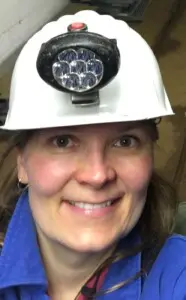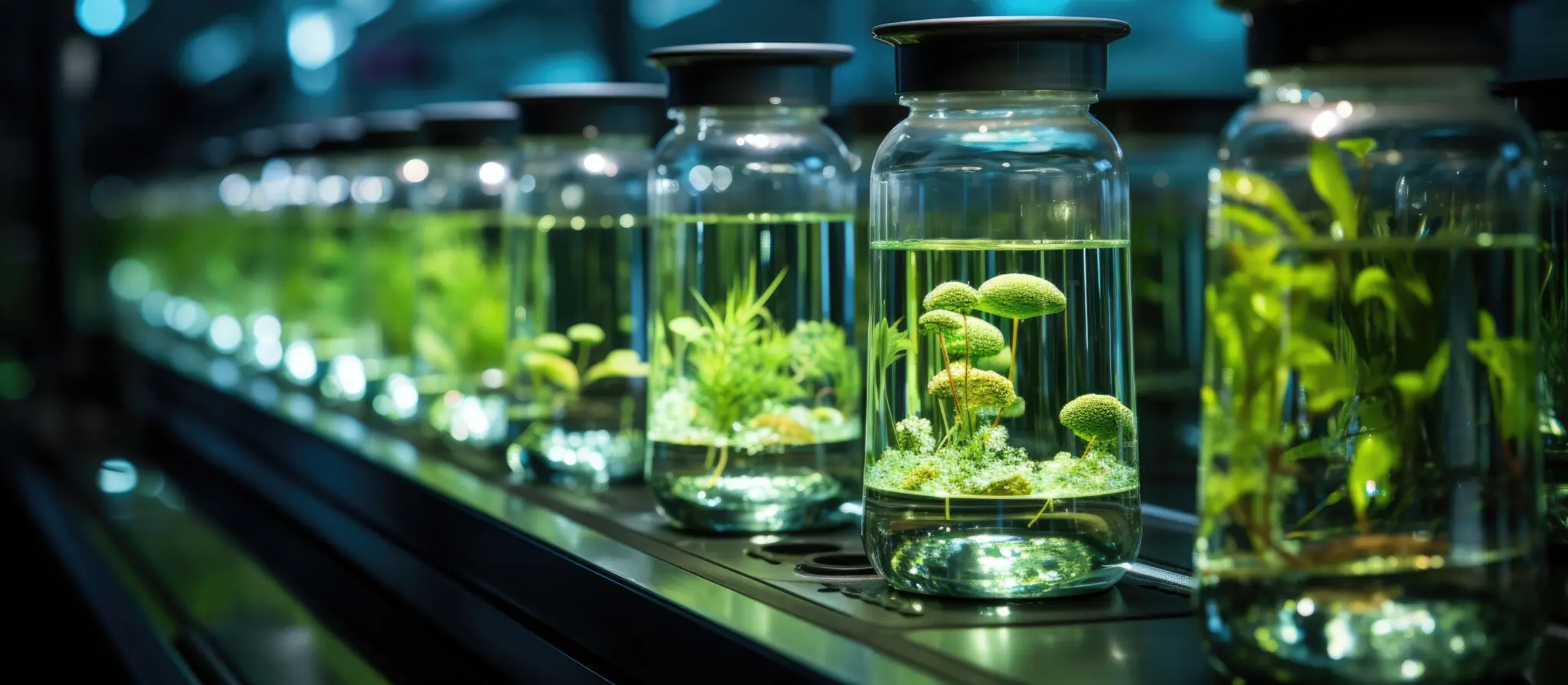Tell us about yourself?

I come from a background in environmental science and policy, environmental biotechnology, and engineering. My aim is to develop technologies and approaches that solve environmental problems. I want to find sustainable ways to extract resources, produce commodities, remediate contaminants and recycle waste – all to support a circular economy. I am doing this in collaboration with various industrial and government stakeholders, as well as other researchers with multi-disciplinary expertise.
What inspired you to become a scientist?
My career choices and interest in environmental science have been influenced by spending a lot of time in nature as a Girl Guide. My fascination with engineering was kindled by my father, who worked at a water utility as a civil engineer and provided me with opportunities to visit wastewater treatment plants at a young age. The environmental awareness I encountered in Germany during an exchange year at high school also made a big impression on me. My curiosity and hunger for continuous learning inspired me to become a scientist, with a goal to develop solutions to enhance the environmental sustainability of various industries.
Tell us about your current position?
I am currently working at the Commonwealth Scientific and Industrial Research Organisation (CSIRO) as a Group Leader for Industrial Biotechnology. Our group works to develop biotechnological processes for environmental and industrial applications in the mining, energy, water supply, waste and wastewater treatment industries. Our research areas include biomining, bioenergy, bioremediation of contaminated sites, waste and wastewater treatment, resource recovery and circular economy.
Tell us about your project and what its primary goal is?
Our project is exploring the potential for algae-based technologies to enable improved environmental outcomes and sustainable post-mining futures. Positive environmental impacts could be achieved through algae-based CO2 biosequestration, acid mine drainage prevention, mine water treatment, mine waste stabilisation and mine site rehabilitation. What’s more, algal technologies could potentially enable innovative bio-based supply chains for business solutions that benefit local communities. The research is conducted in collaboration with the University of Queensland, Murdoch University, and various industry and government stakeholders.
What makes you so passionate about your project?
I am excited to explore the multiple avenues that algae can provide to improve sustainability in the mining context. I love the interdisciplinary nature of the project, as it enables us to combine biophysical sciences, engineering, economics, as well as social, regulatory and policy aspects. I look forward to collaborating with the various industry, government and research partners to develop innovative algae-based solutions.
How does being involved with CRC TiME help support your love of science?
In partnership with various industrial, governmental and research stakeholders, the CRC TiME consortium provides a great collaborative platform that enables interdisciplinary research to explore and develop innovative approaches for addressing long-term mine challenges. It also provides good opportunities to network and learn from others in the field.


